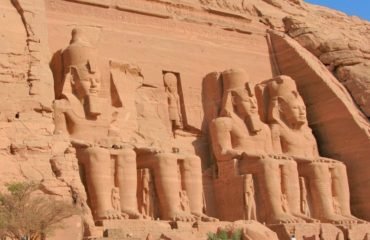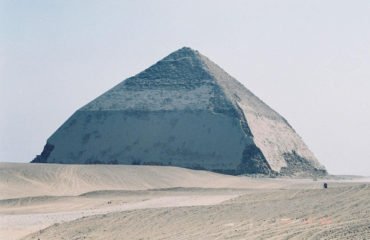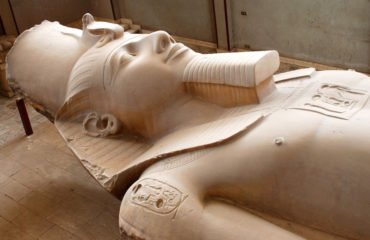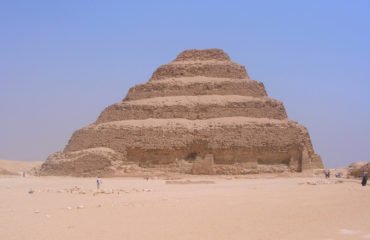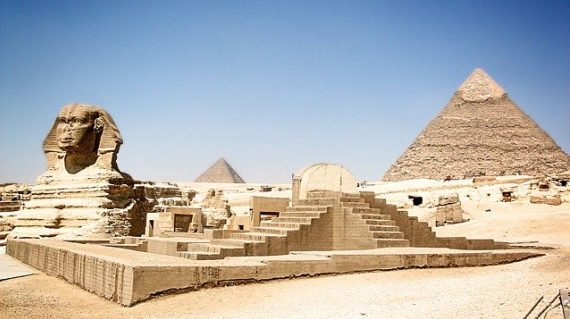
Highlights of Egypt
Egypt is an extraordinary travel destination. On this Egypt itinerary, you have plenty of time to go beyond the pyramids and experience the highlights of this amazing country.
-
Reviews 0 Reviews0/5
-
Vacation Style Holiday Type
-
Africa
-
Culture1
-
Egypt
-
Middle-east
-
Sailboat
-
Urban
-
-
Activity Level Strenuous
-
Group Size Small Group
On this 10 days Egypt itinerary, you will visit the intricately decorated tombs in the Valley of the Kings, drift on the Nile River in a felucca, and see the Pyramids of Giza while sitting atop a camel.
The list continues, with visits to the spectacular temples at Abu Simbel, the enormous Karnak Temple in Luxor, and the ancient pyramids in Dahshur and Saqqara. This trip is one thrilling, unforgettable experience after another. Be prepared to make some extraordinary memories and to return home with tales to tell.
- Day 1 Arrival in Cairo
- Day 2 Giza and Cairo
- Day 3 Dahshur, Memphis and Saqqara
- Day 4 Aswan
- Day 5 Abu Simbel
- Day 6 Aswan to Luxor
- Day 7 Luxor
- Day 8 Luxor
- Day 9 Luxor to Cairo
- Day 10 Depart Cairo
This is a sample itinerary to inspire your holiday – it can be tweaked in every way possible from the places you want to go to and number of days you spend in each, as well as hotels you stay in and activities you do. Get in touch with one of our experts by calling +91 98226 66560 and we will start creating your perfect trip.




